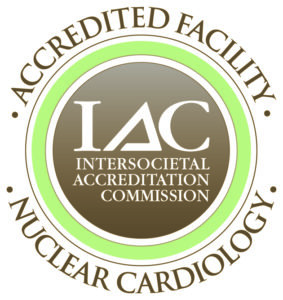Lexiscan is a prescription medication used in a cardiac nuclear stress test. It works by increasing blood flow in the coronary arteries. Lexiscan is given by IV in preparation for a myocardial perfusion imaging (MPI) test. This uses a special camera to take pictures of your heart, giving your doctor detailed information about blood flow into your heart.
If your doctor recommends a stress test with Lexiscan, it may reassure you to know that it’s a noninvasive test, meaning it doesn’t involve a surgical procedure.
Here’s how it works:
You’ll be awake the entire time, and either lying down or sitting up in a chair. Your heart rhythm, blood pressure, and oxygen levels will be monitored during the test.
A catheter (small needle) is placed in a vein in your arm. Lexiscan is injected through the catheter into your bloodstream within 10 seconds, followed immediately by a saline solution to clear the intravenous (IV) line. Lexiscan dilates the coronary arteries to allow increased blood flow to the heart.
10 to 20 seconds after the saline solution, a small dose of radioactive isotope imaging tracer material is injected into the catheter.
After the tracer is absorbed in your system and distributed in your arteries, a special camera will take detailed pictures of your heart. The pictures will show how well blood flows into your heart and if there are any areas of blockage. While you lie on your back with your arms above your head, the camera will take pictures for about 20 to 40 minutes.
One set of images will be taken when Lexiscan is active in your system, and a second set of images will be taken when you’re considered at rest.
Usually a nuclear cardiologist and sometimes a radiologist will review the images with the doctor who ordered the test. When you meet with your doctor, he or she will discuss the test results and the next steps you should take.


